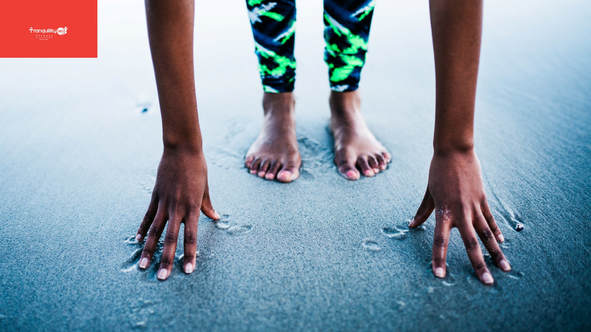 For years, people assumed stretching was something only athletes needed to do before exercising or competing. But the reality is that doing simple stretches just two or three times a week can dramatically help anyone increase flexibility, improve balance, and relieve the pain caused by muscle and joint stiffness. Stretching is a simple and safe way to help prevent life-changing falls that can threaten your independence. Your range of motion how far you can move a joint in various directions is determined by many things, starting with the inner workings of the joint and the structures surrounding it. Stretching exercises can help extend this range of motion. To understand how, it helps to be familiar with these structures and how they can help or hinder a joint's flexibility
Studies about the benefits of stretching have had mixed results. Some show that stretching helps. Other studies show that stretching before or after exercise has little to no benefit. Some research shows that stretching doesn't reduce muscle soreness after exercise, and other studies show that static stretching performed immediately before a sprint event may slightly worsen performance. Stretching can help improve flexibility, and, consequently, range of motion about your joints. Better flexibility may:
Stretching essentials Before you plunge into stretching, make sure you do it safely and effectively. While you can stretch anytime, anywhere, be sure to use proper technique. Stretching incorrectly can actually do more harm than good. Use these tips to keep stretching safe:
Instead of static stretching, try performing a "dynamic warmup." A dynamic warm-up involves performing movements similar to those in your sport or physical activity at a low level, then gradually increasing the speed and intensity as you warm up.
2 Comments
15/4/2018 04:09:07 pm
I find this very interesting and informative. I have learned the right and wrong ways that persons go about doing stretching. I usually stretch now and again, but never take into consideration if I am doing it right or wrong.
Reply
Mr. Real
23/4/2018 11:13:49 pm
Nice article guys
Reply
Leave a Reply. |
AuthorsThis blog is updated by Tranquillity 360 fitness personal trainers, as well as other guest bloggers. Archives
July 2021
Categories |

 RSS Feed
RSS Feed